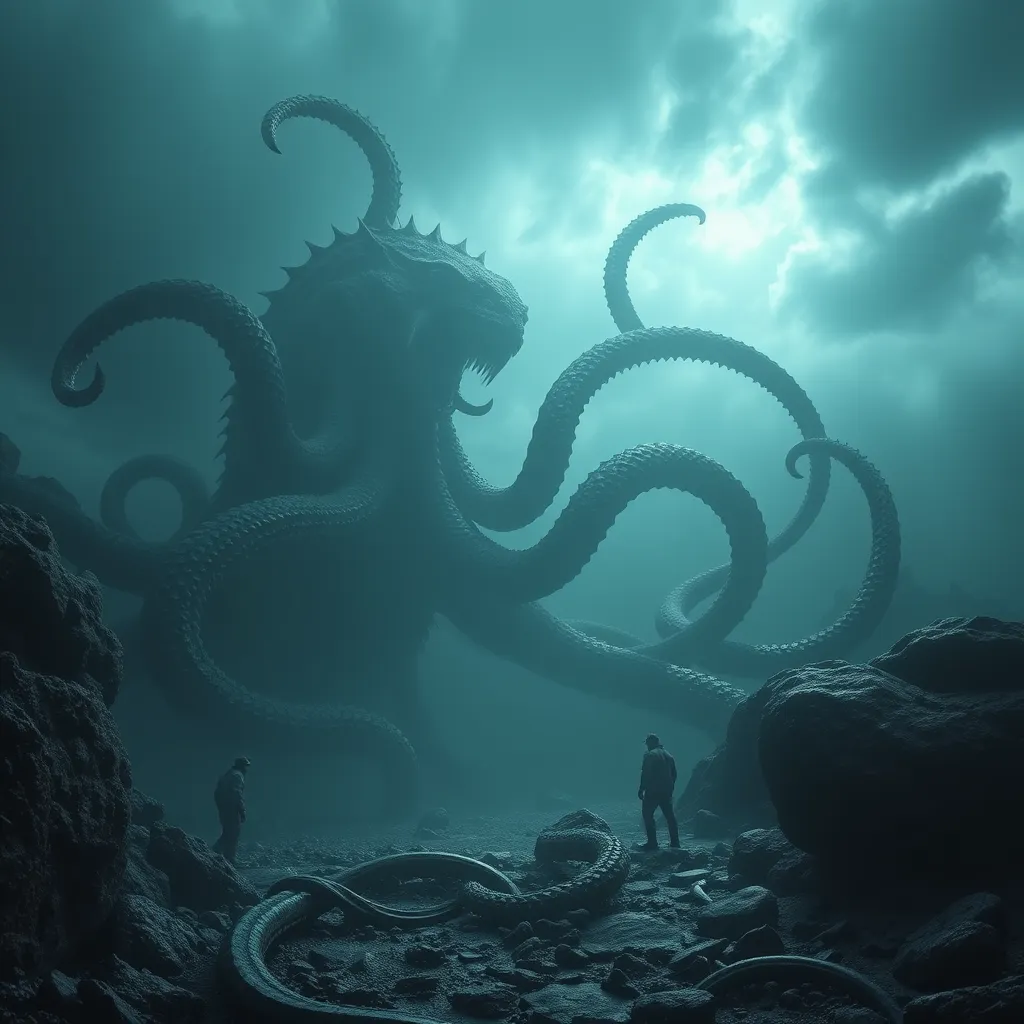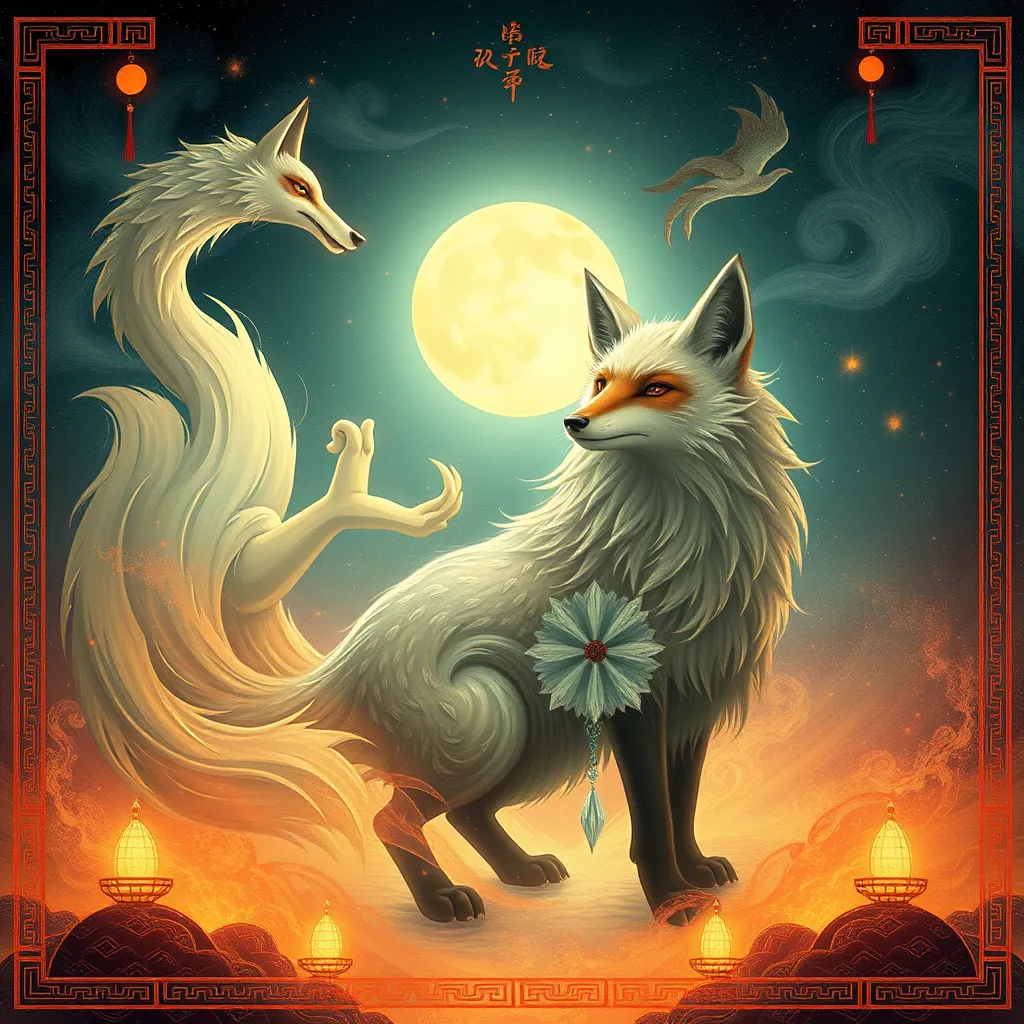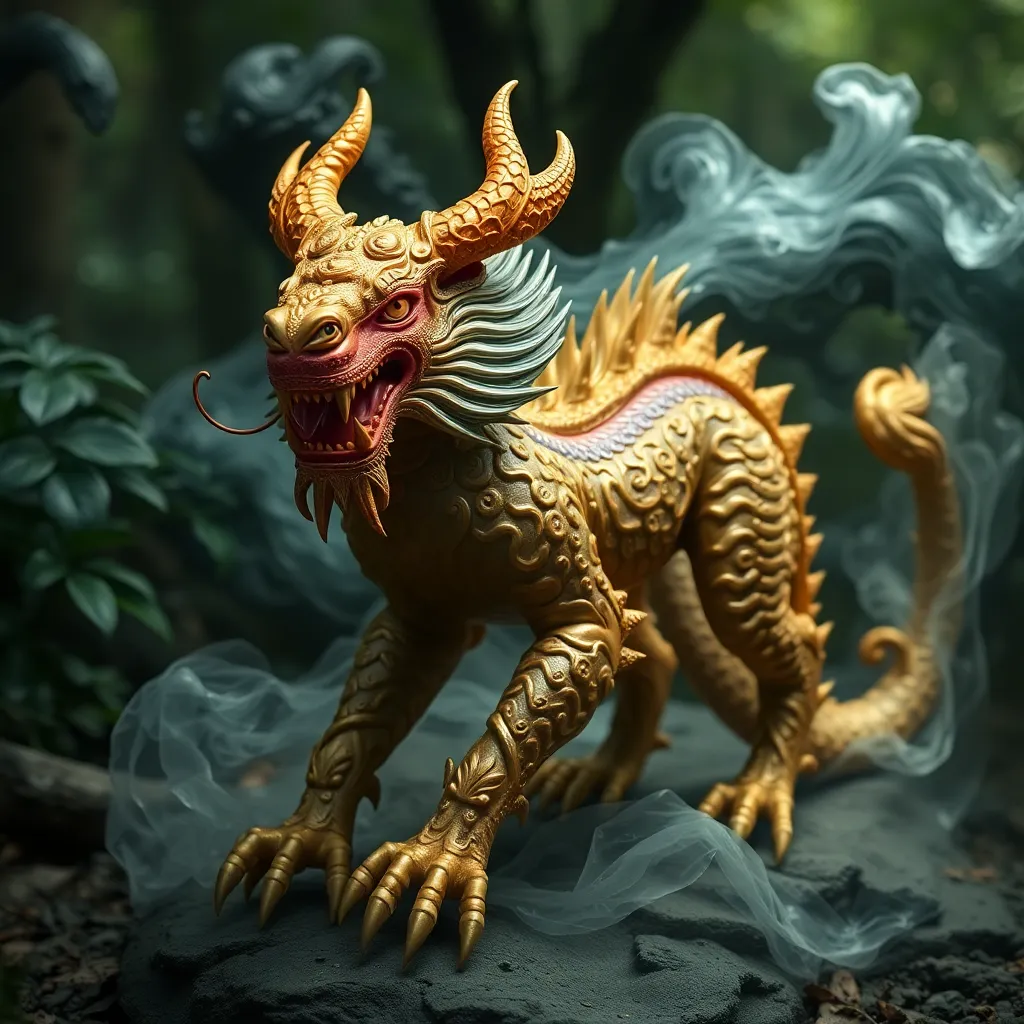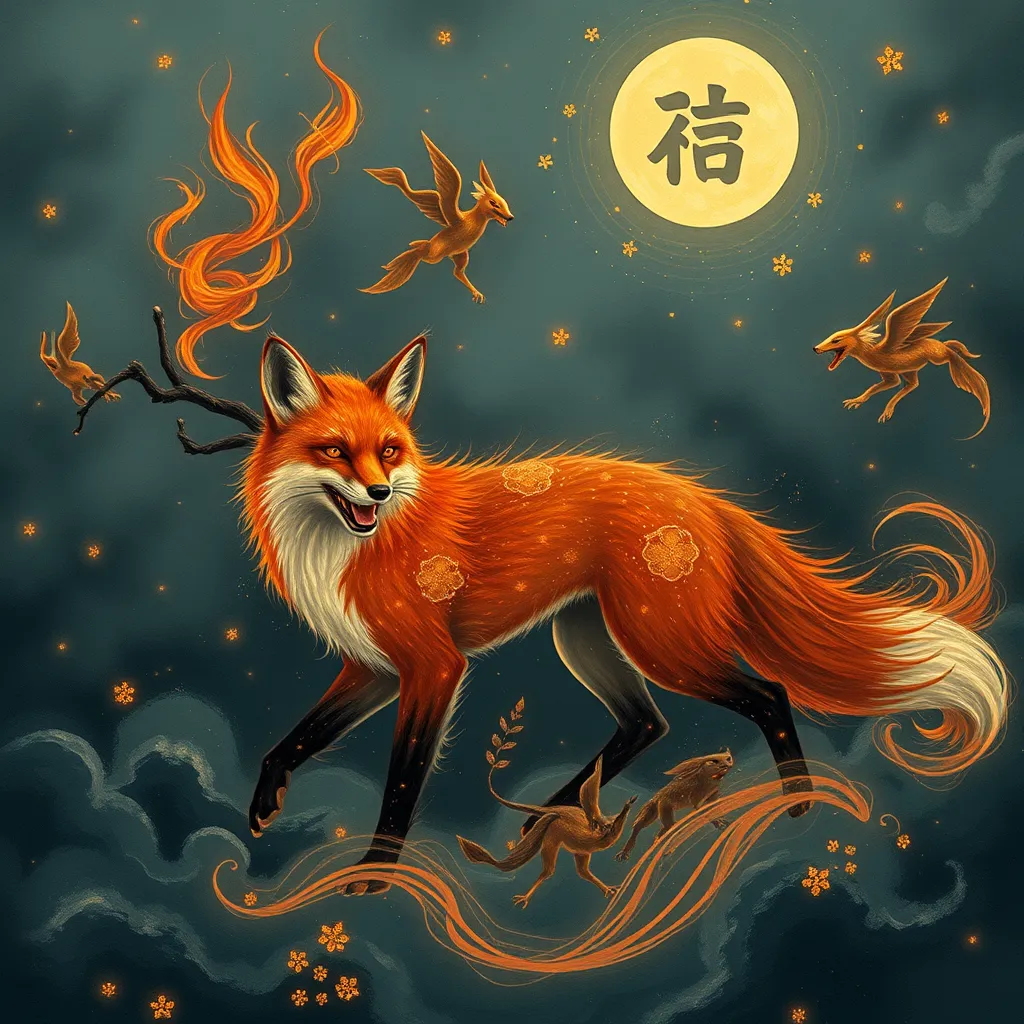The Kraken’s Legacy: The Monster’s Lasting Impact on Human Culture and Imagination
I. Introduction
The myth of the Kraken, a legendary sea monster said to dwell off the coasts of Norway and Greenland, has captivated the human imagination for centuries. Described as a gigantic cephalopod, the Kraken is often depicted as a massive creature capable of dragging entire ships down into the depths of the ocean. This myth has transcended geographical and cultural boundaries, becoming a significant element of maritime folklore.
The significance of the Kraken in maritime folklore cannot be overstated. It serves as both a cautionary tale for sailors and a symbol of the mysteries that the ocean holds. This article aims to explore the historical origins of the Kraken myth, its representations in art and literature, its presence in modern media, and its broader implications in contemporary society.
II. Historical Origins of the Kraken Myth
A. Early references in literature and folklore
The earliest references to the Kraken can be traced back to the 13th century. Authors like Francesco Negri and later explorers wrote about sea monsters that could sink ships, establishing a foundation for the Kraken legend.
B. The Kraken in Scandinavian and Norse mythology
In Scandinavian folklore, the Kraken is often likened to the Jörmungandr, the Midgard Serpent from Norse mythology. Both creatures embody the fear of the unknown lurking beneath the waves. The Kraken is said to emerge during storms, leading to speculation about its role as an omen.
C. The evolution of the Kraken narrative through time
As maritime exploration expanded, so too did the tales of the Kraken. The creature evolved from a regional myth to a staple of seafaring lore, adapting to the fears and experiences of sailors across different cultures.
III. The Kraken in Art and Literature
A. Depictions of the Kraken in classical and contemporary art
The Kraken has inspired countless artists throughout history. In classical art, it often appears in dramatic scenes of shipwrecks and chaos at sea. Artists like Gustave Doré and Alfred de Breanski have captured the terror and majesty of this mythical creature.
B. The Kraken’s influence on literary works and poetry
The Kraken has also made a significant impact on literature. From Alfred Lord Tennyson’s poem “The Kraken” to modern novels, the creature symbolizes the fear of the ocean’s depths and the mysteries it holds.
C. Analysis of key texts featuring the Kraken
- “The Kraken” by Alfred Lord Tennyson: A poem that portrays the Kraken as a sleeping giant, waiting to rise from the abyss.
- “Moby-Dick” by Herman Melville: While not directly featuring the Kraken, the novel encapsulates the theme of man versus nature, echoing the dread inspired by sea monsters.
- “20,000 Leagues Under the Sea” by Jules Verne: The story includes various mythical sea creatures, with the Kraken serving as a representation of the unknown.
IV. The Kraken in Modern Media
A. The Kraken in film and television
Modern cinema has brought the Kraken to new audiences, most notably in films like “Pirates of the Caribbean: Dead Man’s Chest,” where it is portrayed as a fearsome creature that wreaks havoc on sailors. These depictions have contributed to a resurgence of interest in the myth.
B. Representation of the Kraken in video games and pop culture
Video games like “Assassin’s Creed IV: Black Flag” and “Sea of Thieves” feature the Kraken prominently, allowing players to engage with the myth in interactive ways. The Kraken has become a symbol of adventure and danger in gaming culture.
C. The impact of these representations on public perception
These modern interpretations have shaped public perception by transforming the Kraken from a terrifying monster into a more complex figure that represents both danger and curiosity about the ocean.
V. Symbolism and Psychological Interpretations
A. The Kraken as a symbol of the unknown and fear of the sea
The Kraken symbolizes humanity’s fear of the unknown and the vast, uncharted territories of the ocean. It embodies the dangers that lurk beneath the waves, reflecting our anxieties about nature’s power.
B. Psychological interpretations of the Kraken in human imagination
Psychologically, the Kraken can be seen as a representation of our inner fears and chaos. It serves as a metaphor for the struggles we face and the dark aspects of our psyche that we often ignore.
C. The Kraken’s role in exploring themes of chaos and nature
Through its chaotic nature, the Kraken invites exploration of themes related to disorder and the natural world. It challenges the notion of human control over nature and reminds us of our vulnerability in the face of its vastness.
VI. The Kraken and Maritime Exploration
A. The Kraken’s influence on sailors and explorers
Sailors have long shared tales of the Kraken, often attributing shipwrecks and disappearances to its wrath. These stories served as warnings and created a culture of respect for the sea.
B. The role of the Kraken in shaping nautical maps and legends
The Kraken has appeared on nautical maps, often accompanied by illustrations of the creature and warnings about treacherous waters. Such legends contributed to the mystique surrounding unexplored territories.
C. The interplay between myth and reality in seafaring culture
The relationship between the Kraken myth and real-life sea creatures, such as giant squids, illustrates the thin line between myth and reality in maritime culture. The Kraken serves as a reminder of the ocean’s mysteries yet to be uncovered.
VII. The Kraken’s Legacy in Contemporary Society
A. The resurgence of the Kraken in modern folklore
Today, the Kraken has re-emerged in popular culture, often appearing in merchandise, literature, and social media. This resurgence reflects a continued fascination with sea monsters and the mysteries of the ocean.
B. The Kraken as a metaphor in environmental discussions
The Kraken has also taken on new meanings in discussions about environmental issues, representing the consequences of human actions on marine ecosystems. It serves as a call to respect and protect the ocean.
C. The enduring fascination with sea monsters in popular culture
The myth of the Kraken continues to inspire artists, writers, and filmmakers, demonstrating the enduring appeal of sea monsters in popular culture. These creatures resonate with our fears, fascinations, and the unknown.
VIII. Conclusion
In summary, the Kraken has left an indelible mark on human culture and imagination. From its historical origins to its representations in art, literature, and modern media, the Kraken embodies our fears and curiosities about the sea. As we navigate contemporary issues, the relevance of the Kraken persists as a symbol of the unknown and a reminder of our connection to nature.
As we reflect on the Kraken’s legacy, it becomes clear that this mythical creature will continue to inspire future generations, serving as a bridge between our past and the mysteries that lie ahead.



